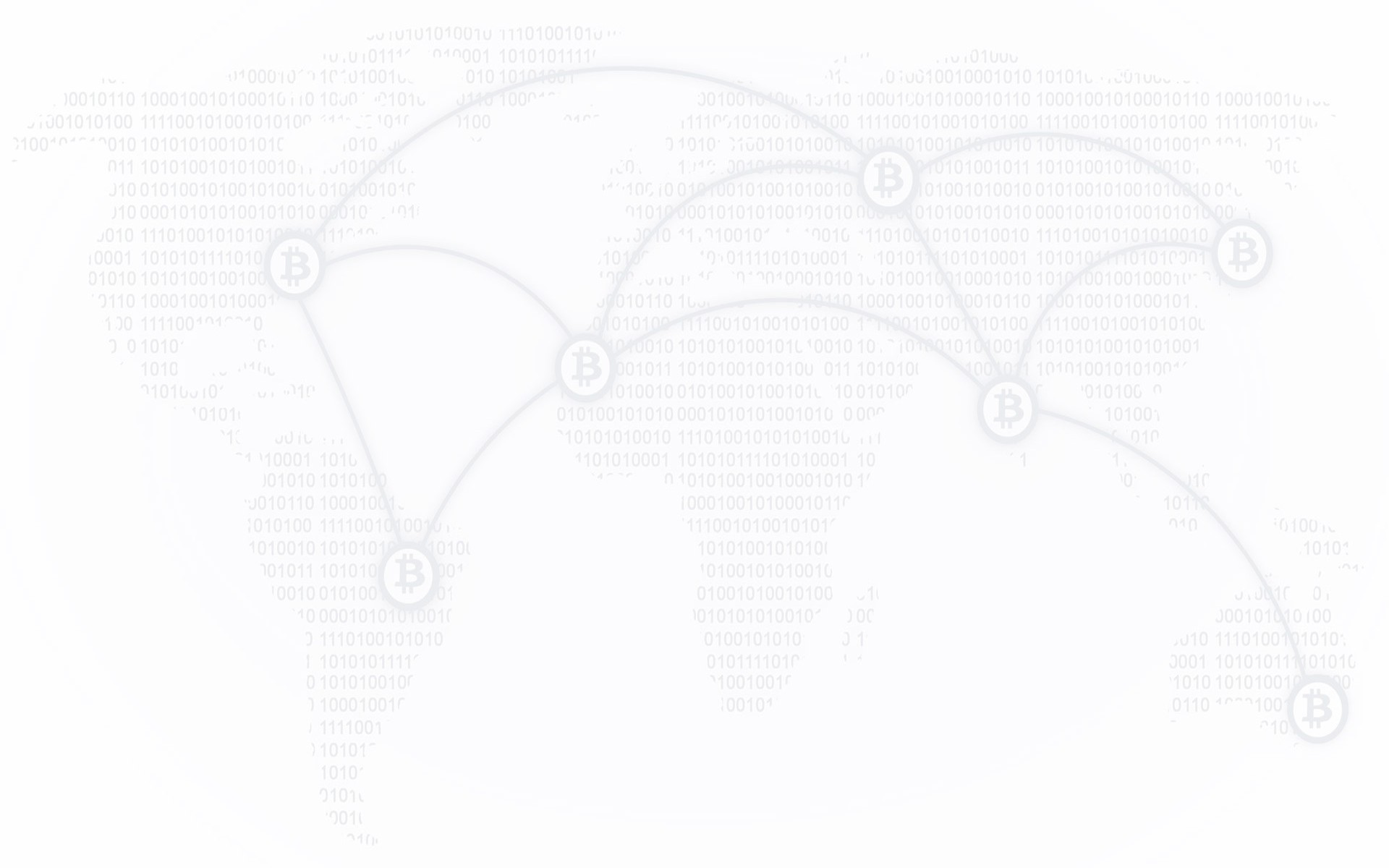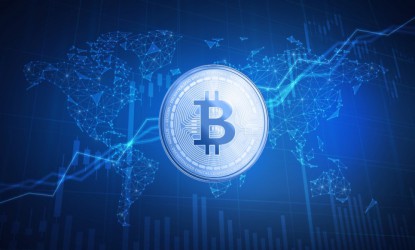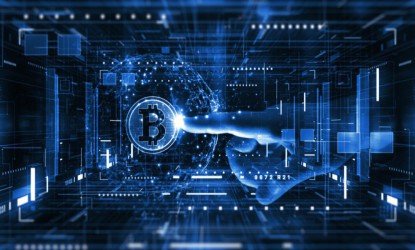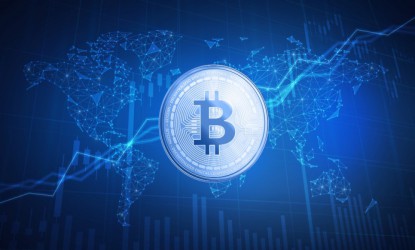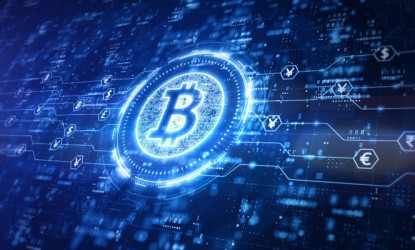NFT Mining: Exploring the Intersection of Cryptomining and Non-Fungible Tokens
Non-fungible tokens (NFTs) have taken the digital world by storm, revolutionizing how we perceive and exchange digital assets. While most discussions around NFTs focus on their creation, ownership, and trading, a new concept is emerging: NFT mining. Let's delve into the fascinating world of NFT mining and explore its intersection with traditional cryptocurrency mining.
What are Non-Fungible Tokens (NFTs)?
Non-fungible tokens are unique digital assets that represent ownership or proof of authenticity of a specific item or piece of content. Unlike cryptocurrencies such as Bitcoin or Ethereum, which are fungible and can be exchanged on a one-to-one basis, NFTs are indivisible and non-interchangeable, making each token unique and irreplaceable. NFTs have found applications in digital art, collectibles, gaming, virtual real estate, and more.
The Concept of NFT Mining
NFT mining involves the process of generating or acquiring non-fungible tokens through computational work, similar to traditional cryptocurrency mining. However, unlike mining for cryptocurrencies like Bitcoin or Ethereum, which involve solving complex mathematical puzzles to validate transactions and secure the network, NFT mining typically revolves around creating or discovering unique digital assets.
Types of NFT Mining
Proof of Work (PoW) NFT Mining: In PoW NFT mining, miners compete to solve cryptographic puzzles or perform computational tasks to create or mint new NFTs. These tasks may involve generating random digital content, solving creative challenges, or contributing to decentralized applications (dApps) that reward users with NFTs for their participation.
Proof of Stake (PoS) NFT Mining: PoS NFT mining involves staking or locking up a certain amount of cryptocurrency as collateral to participate in NFT creation or acquisition. Users who stake tokens may receive rewards in the form of newly minted NFTs or exclusive access to NFT collections, based on their stake's size and duration.
Benefits and Considerations
Creative Expression: NFT mining opens up new avenues for creative expression and innovation, allowing artists, creators, and developers to monetize their digital content and engage with their audience in novel ways.
Scarcity and Rarity: NFTs mined through computational work can possess inherent scarcity and rarity, making them more valuable and desirable to collectors and enthusiasts.
Environmental Impact: Similar to traditional cryptocurrency mining, NFT mining may consume significant amounts of energy and contribute to environmental concerns. As the NFT space continues to evolve, efforts to develop more sustainable mining practices are gaining traction.
Conclusion
NFT mining represents an exciting convergence of cryptocurrency mining and digital asset creation, offering new opportunities for artists, creators, and enthusiasts to participate in the growing NFT ecosystem. As the concept evolves and matures, it will be essential to address challenges related to sustainability, accessibility, and regulatory compliance to ensure the long-term viability and inclusivity of NFT mining. Whether you're a digital artist exploring new revenue streams or a crypto enthusiast looking to delve into the world of NFTs, understanding the intersection of NFT mining and traditional cryptocurrency mining can provide valuable insights into this rapidly evolving space.
